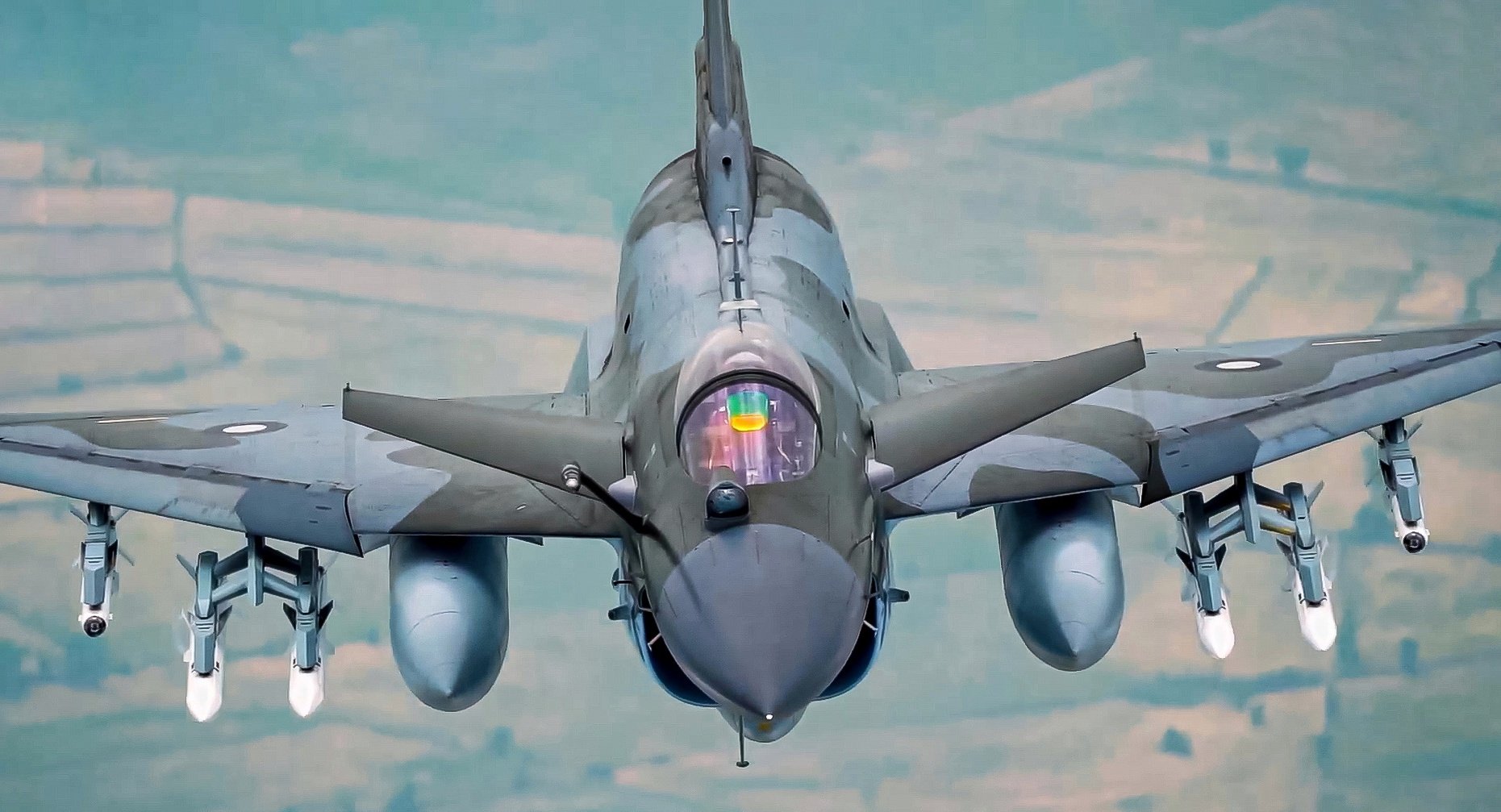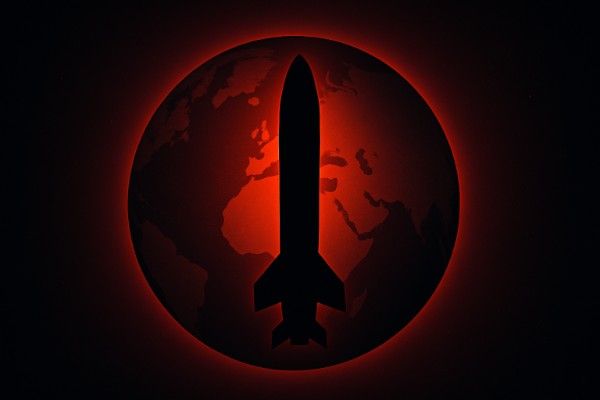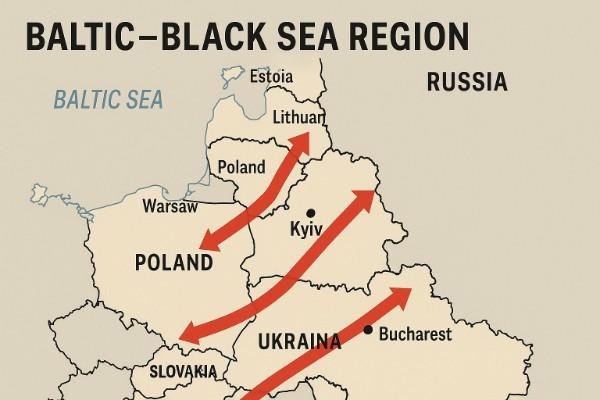The months of April and May have long held significant historical importance in the subcontinent. From the Battle of the Hydaspes in May 326 BCE, where Alexander the Great confronted King Porus, to the First Battle of Panipat in April 1526, these months have consistently served as milestones in reshaping power dynamics. May, in particular, offers a final window for ground operations before summer heat and monsoons limit conventional warfare. The Great Rebellion of 1857 also started on 10th May, and even nuclear tests in South Asia were conducted in May, underlining the month’s recurring role in defining regional balances. If winter has historically been an ally of Russia, summer serves as the subcontinent’s strategic advantage. The month of May has historically been a time of recalibration and confrontation.
The May of 2025 is no exception. Since independence, India has aspired to reclaim what it considers a lost civilizational glory. In Indian political, strategic and cultural discourse, this ambition is often framed as a resurgence of Hindu rule, echoing back to the time of Ashoka. This ambition, often expressed through the idea of a Hindu renaissance or the vision of “Akhand Bharat”, seeks to reestablish cultural, strategic and political hegemony over the region. In that grand strategy, Pakistan is viewed as the primary impediment, an obstacle to be neutralized rather than negotiated with. From India’s perspective, removing Pakistan as an obstacle has been central to achieving regional and eventually global hegemony. India has pursued a long-term strategy aimed at the weakening and eventual capitulation of Pakistan. Recent years appeared to present a rare opportunity for India. Pakistan was grappling with economic strain, political unrest, declining trust in its military and increasing separatist sentiment. Indian strategists interpreted these vulnerabilities as a perfect moment to strike, a decisive blow that would cement India’s regional supremacy and elevate it on the global stage. At the same time, India’s External Affairs Minister, S. Jaishankar, had been positioning India as a rising global power. He repeatedly urged the West to recognize the multi polar world order and the emergence of “new global powers” like India. India also increased its involvement in BRICS, seeing it as a platform to challenge Western-dominated global systems. While supporting the rise of BRICS, India still harbored ambitions for a permanent seat on the UN Security Council, a goal contingent on Western support. This duality, playing both sides, reflected India’s desire to hedge its bets.
For the past three years, India has balanced relations with both the West and Russia, even helping the latter, navigate Western sanctions. Jaishankar’s diplomatic balancing act, projected an image of India as too large and too important to ignore. Following the condemnable attack on tourists in Pehlgam on 22nd April 2025, India tried to capitalize this opportunity, hoping to achieve a strategic reset in South Asia. It tried to lay credible grounds for an offensive against Pakistan by the name of “Operation Sindoor”. This time, EAM S. Jaishankar’s consistent push for India’s elevation as a “global power”, clashed with the West’s cautious stance. Its appeals, for support of its narration of the Pehlgam incident were met with silence. Washington, which India hoped would endorse its assertiveness, responded instead with a calculated rebuke. The West, in particular, appeared to offer India a lesson of its own non-alignment policy, refusing to back a unilateral escalation. Ironically, it would not be too far off the mask to say that the ‘West also need partners not preachers’. The message was clear: the West seeks compliant allies, not self-declared superpowers. Simultaneously, India’s diplomatic overtures began to backfire. Having made bold claims about its strategic independence, India felt compelled to act boldly by setting a “New Normal” that echoed dramatized visions seen in Bollywood.
We cannot compare wars as no two wars are identical. Each has its unique context, players, and dynamics. Yet, one recurring theme in the history of failed military endeavors is “Miscalculation”, especially the misreading of an adversary’s strategic culture. Understanding how a nation will respond to threats is critical for crafting effective strategy. What India underestimated was not Pakistan’s will, but its preparedness. Strategically, Indian doctrine draws inspiration from Chanakya. A statesman who prioritized pragmatism, deception, and espionage over honor in warfare. This outlook seemed evident in recent Indian maneuvers, which aimed to impose a “New Normal” of unilateral action and denial, borrowing heavily from the playbook of shock-and-awe. However, India’s gamble failed. In the intervening night of 6th and 7th May 2025, India initiated “Operation Sindoor”. The Indian Air Force (IAF) attempted Israeli-style precision strikes, but missed both in execution and effect. In this high-stakes gamble, the IAF was tasked with executing precise, Israeli-style airstrikes, claiming to target terror camps while actually aiming to instill fear through innocent civilian casualties. The goal was to create shock and awe, and assert regional supremacy by declaring a “New Normal”. India again on 9th of May, tried hitting military targets in Pakistan, like Rahim Yar Khan, Sukkur, Shorkot, Nurkhan, Sargodha and Jacobbabad. However, the strikes were either misidentified or ineffectively struck.
India’s failure lay not in political will, but in strategic miscalculation. The IAF did not succeed in suppressing Pakistan’s air defenses, a crucial first step in any aerial campaign. The operational similarities to the failed 2019 Balakot strike were glaring. Yet, this time, the consequences were more profound. Pre emptive strikes are lethal, if done well. If you fail, you go for a six, or in IAF’s case, you go for a ‘6-0’. The Pakistani airbases remained operational and within hours, on 10th May, the Pakistan armed forces’ launched a calibrated response, not only reaffirming its aerial competence but also demonstrating professionalism and strategic restraint. The operation, dubbed “Bunyan-um-Marsoos”, served both tactical and psychological purposes. The damage inflicted is in billions of dollars. The kosadanda of Chanakya stands humiliated. For India, the lesson remains: without strategic clarity and accurate threat perception, dominance cannot be declared, it must be earned.
As far as the United States is concerned, both outcomes suit its national interest. If India successfully subdued Pakistan, the U.S. could focus on confronting China with ease. If India failed, the U.S. would have the upper hand in handling India on its own terms. The results of India’s miscalculation were out in the open; reviewed, analyzed and vetted by the U.S. administration. It was only natural, then, that Trump struck India, where it hurt most: Kashmir. That move indicated which side sought de-escalation. The leash, it seemed, was now in American hands. Russia, meanwhile, remained a spectator, stretched thin by its own geopolitical challenges and unable to provide India with tangible support. EAM Jaishankar once said, “We are in no one’s camp; we are in our own camp.” Today, India finds itself exactly there: isolated in its own camp, devoid of conventional dominance and international backing.
India is now trying to win, what it lost, by sending envoys to 33 countries. In India’s case, this miscalculation went as far as preparing a premature victory speech for Prime Minister Modi, initially to be delivered on 7th of May 2025 and intended as a symbolic gift to the RSS on its 100th anniversary. The speech was to frame Modi as a modern-day Gandhi, a leader that the BJP needs desperately for its future political rhetoric and campaigns. Modi will be the leader who “Made India Great Again.” Reportedly, the speech was rehearsed by Prime Minister Modi, who typically avoids unscripted public engagements. The optics were in place but the reality had changed. The alterations made to his speech on 12th May, were visible and audible. This was readily picked and targeted by the young meme warriors online. India’s spin masters; both in media and academia struggled to reframe the narrative. Western military analysts, many of whom had lauded India’s rise, found themselves downgraded to the role of mere commentators. Within India, the change in tone from the Ministry of Defence was palpable. This was not the confident superpower-in-waiting that had been projected for the past decade. It was a state in damage control mode.
The implications are deeper than political fallout. India’s military morale is at stake. Red lines in geopolitics are drawn by the victorious, not the verbose. As history shows, only those who demonstrate resolve and capability can define the terms of engagement. And for now, those terms are being dictated by Pakistan. India stands at a strategic crossroads. If it believes its failure was due to flawed planning, it may regroup and strike again with greater sophistication. But if the real barrier was Pakistan’s conventional deterrence, then India will require time, perhaps years to rearm, recalibrate, and rethink its assumptions. India’s next move will reveal much. If India repeats its previous approach, using the same airbases and platforms, it signals confidence. If it changes tactics, targets, or geography, it will validate Pakistan’s claim of having dealt a substantive blow. Given what’s at stake, India might resort to manufacturing another crisis. Perhaps, staging an encounter against hired mercenaries or proxies like the TTP and BLA, branding them as Pakistani assets. The intent would be swift retaliation, claiming control of escalation and attempting to reassert the “New Normal”. But India must understand: it does not control the narrative unilaterally. If proxies are used again, Pakistan may respond not only militarily, but by targeting handlers within India, reassuring the Strategic Reset in South Asia.
Islamabad is also prepared to explore legal avenues, pushing for international investigations into civilian casualties, orchestrated by “Operation Sindoor”. If successful, the Western perception of Modi may revert to that of the “Butcher of Gujarat”. This conflict is not about hardware. Swap the platforms and give Rafales to Pakistan and J-10s to India; the outcome would remain unchanged or even more damaging to India. Strategy, training, and clarity of purpose matter more than machinery. A poorly trained pilot in a fifth-generation aircraft turns a weapon of precision into a liability. Pakistan now possesses aerial and strategic momentum. India, aware of its damaged western airbases, may consider launching medium or long-range strikes from central or southern India. It may even involve naval forces to reinforce its claim as the Indo-Pacific’s net security provider. If this happens, it won’t be Modi’s decision alone; the Indian military establishment will take the lead in redefining the next chapter of confrontation.
While May is in its waning phase and as India meddles with the “Kübler –Ross Change Curve” dilemma, Pakistan’s response, however, remains rooted in its historical resolve. As Shakespeare once wrote: “If you prick us, do we not bleed? If you tickle us, do we not laugh? If you poison us, do we not die? And if you wrong us, shall we not revenge?” Strategic power is not built on economic weight alone. It rests on the ability to deter, to endure, and to respond. As Quaid-e-Azam Muhammad Ali Jinnah once declared: “There is no power on earth that can undo Pakistan.”

Table of Contents
ToggleAli Hamza
Squadron Leader Ali Hamza is a retired PAF pilot with 20 years of experience, a defence analyst, an airpower expert, a gold medallist in MSc DSS (Defence & Strategic Studies) from QAU, currently doing MPhil IR from NUML, Rawalpindi, and has a keen interest in modern airpower’s role in geopolitics at global and regional levels.
YouTube:https://www.youtube.com/@AeronautIR
X (twitter):https://x.com/AliHamzaAwan1













